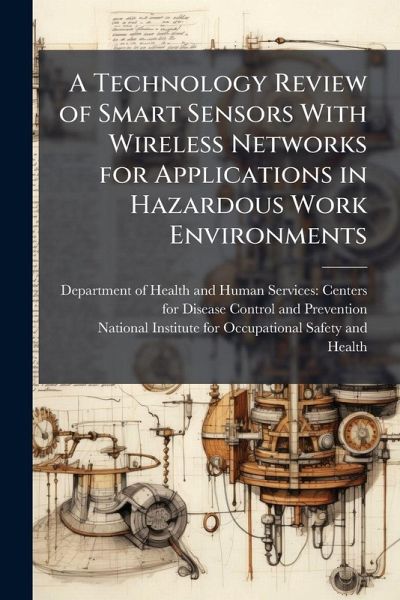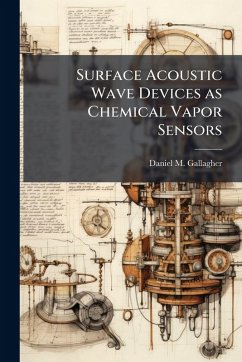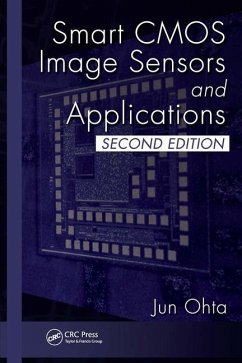
A Technology Review of Smart Sensors With Wireless Networks for Applications in Hazardous Work Environments
Versandkostenfrei!
Versandfertig in über 4 Wochen
15,99 €
inkl. MwSt.

PAYBACK Punkte
8 °P sammeln!
Workers in hazardous environments such as mining are constantly exposed to the health and safety hazards of dynamic and unpredictable conditions. One approach to enable them to manage these hazards is to provide them with situational awareness: real-time data (environmental, physiological, and physical location data) obtained from wireless, wearable, smart sensor technologies deployed at the work area. The scope of this approach is limited to managing the hazards of the immediate work area for prevention purposes; it does not include technologies needed after a disaster. Three critical technol...
Workers in hazardous environments such as mining are constantly exposed to the health and safety hazards of dynamic and unpredictable conditions. One approach to enable them to manage these hazards is to provide them with situational awareness: real-time data (environmental, physiological, and physical location data) obtained from wireless, wearable, smart sensor technologies deployed at the work area. The scope of this approach is limited to managing the hazards of the immediate work area for prevention purposes; it does not include technologies needed after a disaster. Three critical technologies emerge and converge to support this technical approach: smart-wearable sensors, wireless sensor networks, and low-power embedded computing. The major focus of this report is on smart sensors and wireless sensor networks. Wireless networks form the infrastructure to support the realization of situational awareness; therefore, there is a significant focus on wireless networks. Lastly, the "Future Research" section pulls together the three critical technologies by proposing applications that are relevant to mining. The applications are injured miner (person-down) detection; a wireless, wearable remote viewer; and an ultrawide band smart environment that enables localization and tracking of humans and resources. The smart environment could provide location data, physiological data, and communications (video, photos, graphical images, audio, and text messages). This work has been selected by scholars as being culturally important, and is part of the knowledge base of civilization as we know it. This work was reproduced from the original artifact, and remains as true to the original work as possible. Therefore, you will see the original copyright references, library stamps (as most of these works have been housed in our most important libraries around the world), and other notations in the work. This work is in the public domain in the United States of America, and possibly other nations. Within the United States, you may freely copy and distribute this work, as no entity (individual or corporate) has a copyright on the body of the work. As a reproduction of a historical artifact, this work may contain missing or blurred pages, poor pictures, errant marks, etc. Scholars believe, and we concur, that this work is important enough to be preserved, reproduced, and made generally available to the public. We appreciate your support of the preservation process, and thank you for being an important part of keeping this knowledge alive and relevant.












![Report on the Copper Deposits of the Eastern Townships of Quebec With a Review of the Igneous Rocks of the District [microform] Cover Report on the Copper Deposits of the Eastern Townships of Quebec With a Review of the Igneous Rocks of the District [microform]](https://bilder.buecher.de/produkte/66/66196/66196717n.jpg)